News 1/19/12
Greenway Medical Technologies hopes to raise $80 million in its upcoming IPO with the sales of 6.67 million shares at $11 to $13 a share. Company valuation could hit $347 million, if all shares sell for $13 each. No official word on the date for IPO, but at least one investor predicts February 2nd.
CMS releases attestation figures for EPs participating in the Medicaid EHR incentive program. Through the end of December, 14,089 EPs received $295,760,910 for their meaningful use of EMRs. That compares to $274,590,000 paid by Medicare to 15,255 EPs.
Quest Diagnostics announces a grant program to provide eligible providers an 85% discount off the retail price of its Care 360 EHR, including fees for licensing, hosting, support, training, and implementation.
I noticed on eClinicalWorks’ Facebook page that they sponsored a blood drive at the corporate headquarters on Wednesday. Very cool.
The Arizona REC adds PatientClick EHR to its Vendor Alliance Program.
Meramec Valley OB/Gyn (MO) selects Benchmark’s billing and clinical solutions.
Physicians who have an ownership interest in their practice are more likely to consider EHR implementation difficult because they bear a certain amount of financial risk related to owning, operating, and managing a medical practice.
The Kentucky REC reaches its initial program goal of 1,000 enrolled primary care providers.
Please join me in welcoming HIStalk Practice’s newest platinum sponsor, Humedica. Humedica provides SaaS-based clinical intelligence solutions that connect patient information from varied medical settings and time periods to generate a real-time longitudinal view of patient care. The Boston-based company offers MinedShared Ambulatory, which supports clinical, operational, and financial benchmarking and earned the highest overall rating of any clinically focused BI vendor in last year’s KLAS Business Intelligence report. Humedica partners with Allscripts, as well as AMGA subsidiary Anceta, and recently announced a new predictive analytic model to identify patients at high-risk for CHF hospitalization. Many thanks to Humedica for supporting HIStalk Practice, as well as HIStalk.
Want to learn more about Humedica? Check out Mr H’s interview of President and CEO Michael Weintraub last month.
The AMA and TransforMED release three online educational tutorials to help physician practices better implement HIT and cover ePrescribing, pre-visit planning, and point-of-care documentation.
A study by UC Davis Health System researchers finds that care for dermatology patients is usually enhanced by specialty consultations via telemedicine. The research team found that live interactive consultations can improve clinical outcomes because the consults usually involve beneficial changes in medical diagnosis and disease management.


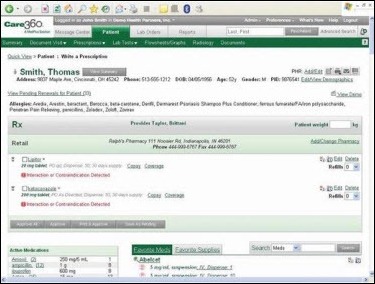
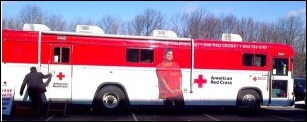

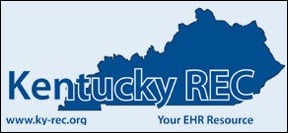
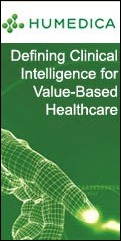
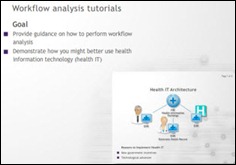
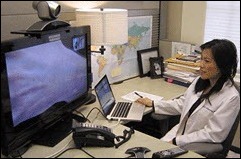


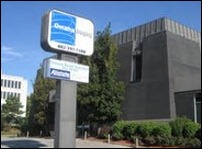
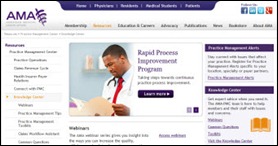
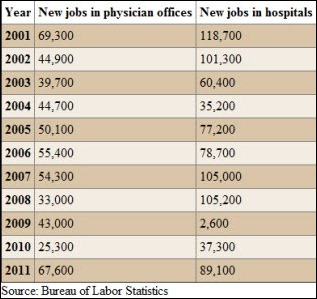


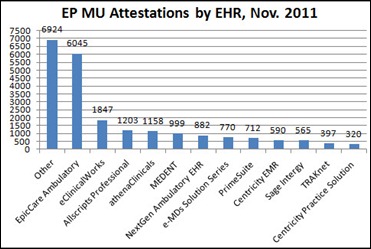
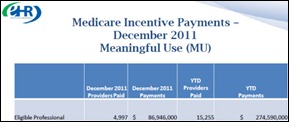


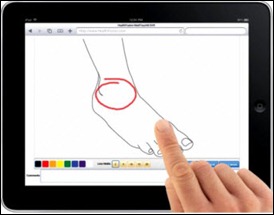

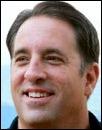
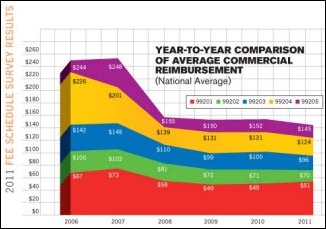


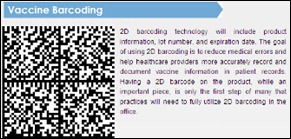

The article about Pediatric Associates in CA has a nugget with a potentially outsized impact: the implication that VFC vaccines…